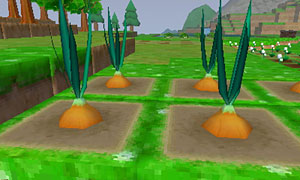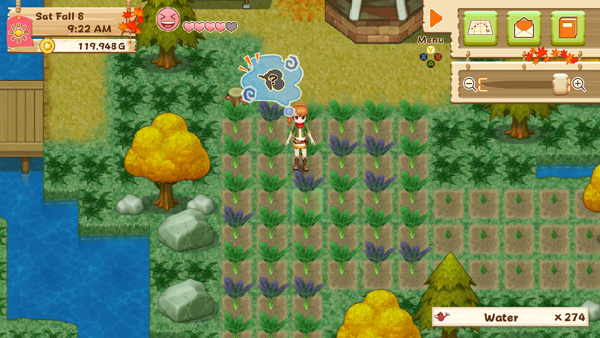
Cumulative water infiltration for the three cover crop treatments. Water infiltration rate was positively correlated with an increase in soil organic C concentration.įigure 4. Late-maturing soybeans had less effect on water infiltration than sunn hemp. Cumulative water infiltration was greater in sunn hemp than in no-cover crop plots by about 3 times (Fig. Sunn hemp increased water infiltration by about three times when compared with plots without cover crops. Bars with the same letter within the same depth are not significantly different. Wet aggregate stability expressed as mean weight diameter of aggregates (A) and relationship between aggregate stability and cover crop-induced increase in soil organic C concentration (B). The increase in soil organic C concentration with cover crops was partly responsible for the improved aggregate stability (Figure 3B).įigure 3. The proportion of macroaggregates was greater in cover crop plots than in plots with no cover crops. Bars with the same letter within the same depth are not significantly different.Ĭover crops improved soil wet aggregate stability in the 0 to 3 inch depth (Figure 3A). Effects of cover crops on soil organic C concentration at two soil depths. Cover crops did not, however, affect organic C concentration in the 3 to 6 inch depth.įigure 2.

Averaged across N rates, soil organic C concentration in the 0 to 3 inch soil depth was 30% greater in sunn hemp and 20% greater in late-maturing soybean plots than in plots without cover crops (Figure 2). Sunn hemp and late-maturing soybean cover crops increased soil organic C concentration relative to plots without cover crops. Five-year mean wheat yields combined from the two sites and averaged over N rate indicated increases of 2.2 and 2.9 bu/acre in rotations with soybean and sunn hemp vs. Positive residual effects of soybean and sunn hemp cover crops on the yield of wheat after sorghum were small and mostly observed at N rates of 60 lb/acre or less. Averaged over N rates, soybean and sunn hemp resulted in 6-year average grain sorghum yield increases of 8.8 and 14.9 bu/acre, respectively. However, sunn hemp tended to result in a sorghum yield benefit even at the highest N rate, over the 6-year average.

At the highest N rate of 90 lb/acre, the soybean cover crop did not increase sorghum yields. Overall, both cover crops had a positive impact on grain sorghum yield, particularly at N rates of 60 lb/acre or less. In 6 site-years during the period 2002 through 2008, soybean and sunn hemp produced dry matter yields of 2.42 and 3.43 ton/acre with total N contents of 111 and 134 lb/acre, respectively. Sunn hemp and late-maturing soybean were planted after wheat in early summer, terminated in September or October, and grain sorghum was planted in June of the following year.

Other treatments (N rates and the no-cover-crop check) were kept the same. Starting in 2002, sunn hemp and late-maturing soybean as summer cover crops replaced hairy vetch, with all phases of the experiment managed exclusively under no-till. Management involved reduced-tillage and four levels of N fertilizer at 0, 30, 60, and 90 lb/acre. The experiment was initially established in 1995 with hairy vetch as a winter cover crop following winter wheat in a wheat/grain sorghum rotation compared to the same rotation without a cover crop. Claassen, professor emeritus, K-State Research and Extension. Cover crop experiment at the former Harvey County Experiment Field in Hesston.

A few years ago, K-State agronomists measured the effects of cover crops on soil physical properties and studied relationships between crop-induced changes in soil organic C concentration and soil physical properties on a long-term cover crop experiment at the former Harvey County Experiment Field in Hesston (Figure 1).įigure 1. Because changes in soil properties tend to happen very gradually, data from long-term cover crop experiments can provide insights into the potential of cover crops for improving soil functions. In short, cover crops may improve soil physical properties by increasing soil organic C concentration.īut there is surprisingly little scientific documentation of these effects. Greater biomass input from cover crops can potentially increase soil organic carbon (C) concentration, enhance nutrient cycling, regulate soil temperature, and help protect the soil from water and wind erosion. Prev Issue 542 December 23rd, 2015 Next Cover crops improve soil quality, crop yields in central Kansas researchĬover crops can have several potential benefits for soil quality in a no-till rotation.


 0 kommentar(er)
0 kommentar(er)
